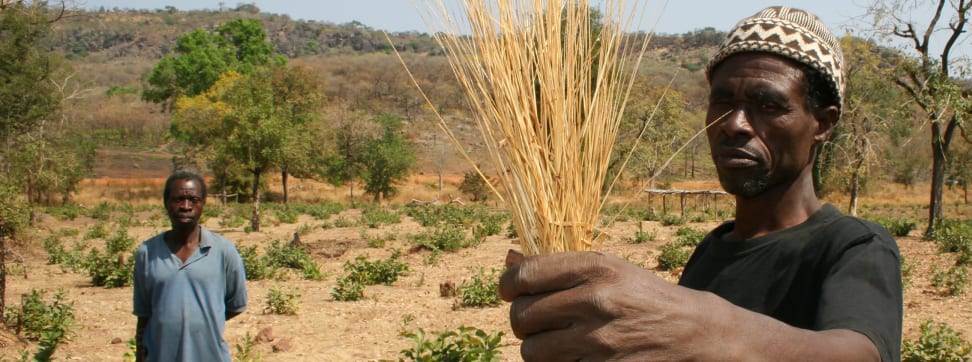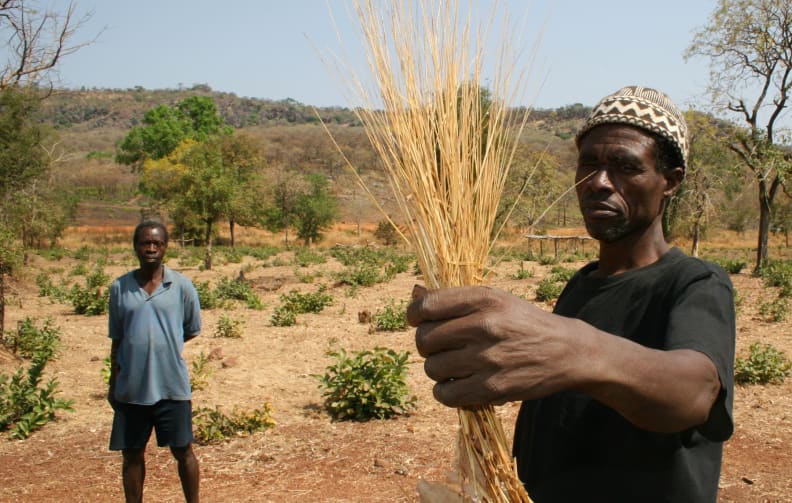The Hunt Is on for the Next Superfood Superstar
Wheat, rice, and corn? Those are SO last century.
 Credit:
Credit:
Products are chosen independently by our editors. Purchases made through our links may earn us a commission.
Any hipster foodie or amateur dietician can talk your ear off about the benefits of quinoa—the curlicue-shaped alternative grain native to South America. The crop has enjoyed an incredible surge in demand in the past couple decades, thanks in large part to its high-protein, gluten-free nutrient makeup.
But quinoa’s meteoric rise isn't simply down to its proclaimed “superfood” status. Increasingly, farmers and advocates of sustainable agriculture are looking for resilient, healthy crops that can both endure looming ecological challenges and also provide a viable food source for rapidly growing populations.
And quinoa is not alone. A recent National Geographic report shows cultures are looking at other ancient grains, hoping some of them will take a place alongside quinoa on adventurous eaters' dining tables.
In March, the New York Daily News put its money on teff, an Ethiopian crop similar to wheat. Exports of the cereal are currently banned due to fears that Ethiopians would be unable to afford the grain if it gained popularity abroad. Still, many diet-conscious foodies from developed nations are already promoting teff as a superfood comparable to quinoa.

A West African villager holding a bushel of fonio.
Fonio is another possibility. This millet-like grain from West Africa has a nutty flavor, according to the Guardian, and can already be purchased online or from certain specialized shops in New York City. Senegalese chef Pierre Thiam is even trying popularize the food at his restaurants. But, as with teff, there's concern that western demand would strain local markets in Africa.
Back in the Americas, some in Mexico are hoping amaranth will become the next quinoa. Less a cereal grain than a plant, amaranth is highly nutritious. That's not surprising, since it belongs to a family that also includes beets and spinach. In other words, it has foodie cred written all over it.
(Plus, the last time Mexico pitched one its native crops to the rest of the world it was a tremendous success. Thanks, agave.)
There’s another incentive to diversify our diet, and it has to do with doomsday scenarios. Wheat, corn, and rice provide nearly two-thirds of the world’s plant-based food, NatGeo reports. Imagine if a massive drought or widespread disease caused catastrophic crop failure. Where would we turn for our food?
The answer might surprise you: Norway.
Back in 2006, alarmed by the lack of genetic diversity among global crops, the Norwegian government broke ground on a massive underground seed vault (essentially a giant refrigerator) called the Svalbard Global Seed Vault. Currently, it's home house nearly half a million seed samples from around the globe, and I’d bet fonio, amaranth, and teff are among them.
Via: National Geographic Hero image: Wikimedia Commons, "Abbie yang" (CC BY-SA 3.0)
